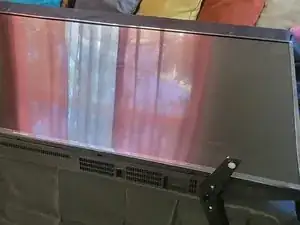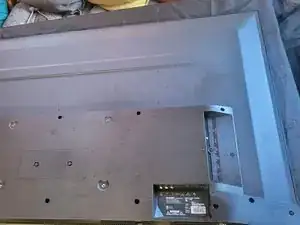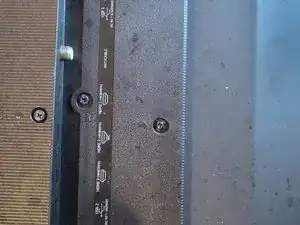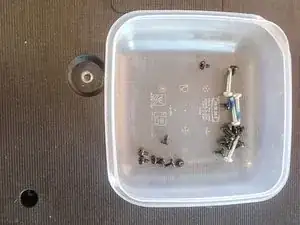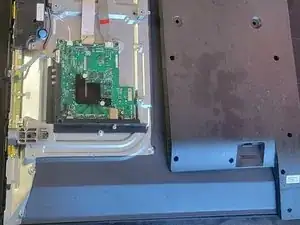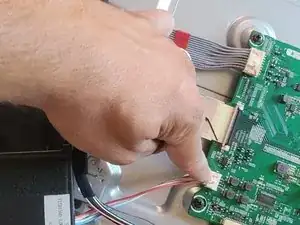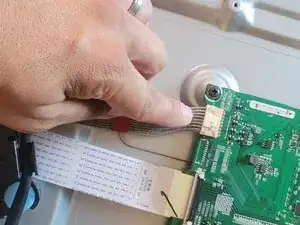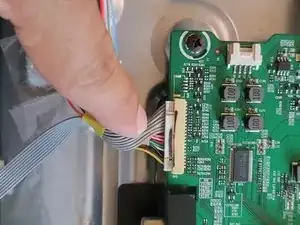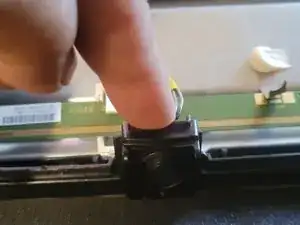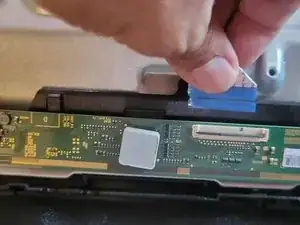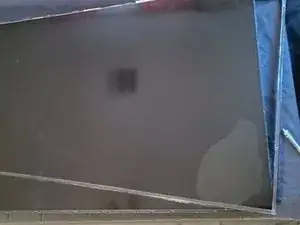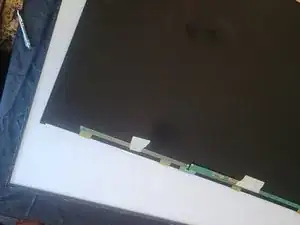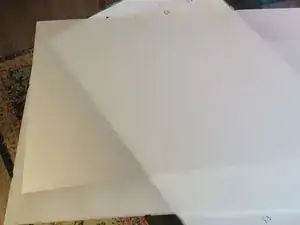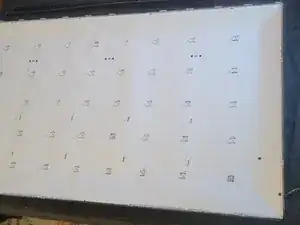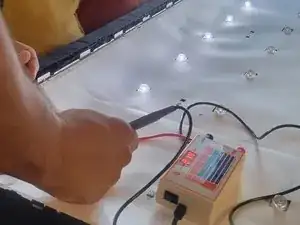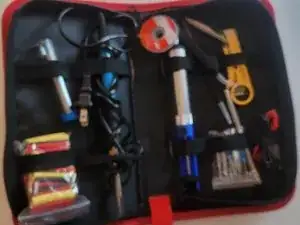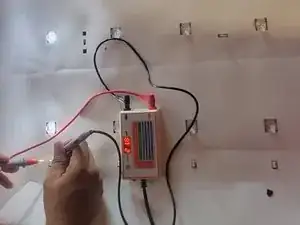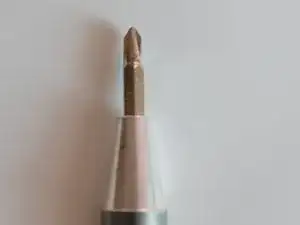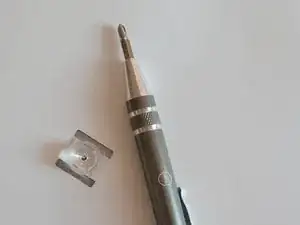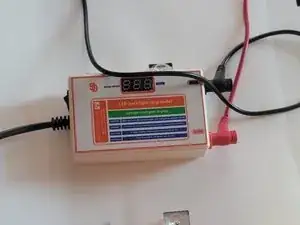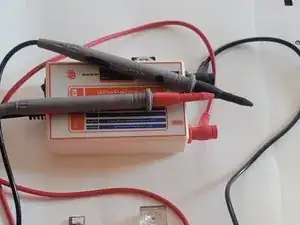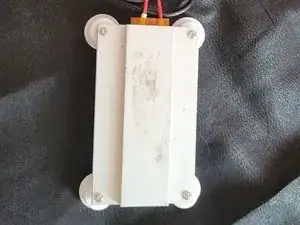Introduction
Welcome to my comprehensive guide on troubleshooting and repairing backlight LED issues in your SHARP LC-55Q7530U TV. This guide helps you fix the common issue of a black screen or a TV rapidly turning on and off. By following clear, step-by-step instructions, you'll learn to diagnose backlight problems, disassemble your TV, identify faulty components, and perform replacements.
This guide has a moderate difficulty level, making it accessible to individuals with basic electronics knowledge.
Tools
Parts
-
-
1. Check for Backlight Failure: if the TV screen is completely dark, or it turns on and turns back off instantly, it’s likely a backlight problem.
-
1-1. If there is a backlight problem, we need to stand the tv up and prepare to take the back off.
-
-
-
Start with opening the TV stands. And carefully open the back panel and start by removing the screws on the back panel, then gently pry open the housing, being cautious not to damage internal components.
-
-
-
1. Remove Speaker Cover: a. Tools Needed: Phillips screwdriver (size #1). b. Steps: - Once the screws are out, gently pry off the cover using your fingers or a flat tool. - If the cover doesn't come off easily, wiggle it gently until it loosens and can be removed.
-
2. Disconnect Wires: a. Tools Needed: Phillips screwdriver (size #1) (if screws are holding wires). b. Steps: - Carefully unplug the wires from their connectors. Note: Some connectors may have a latch that needs to be pressed before pulling them apart. Be gentle to avoid breaking the connectors.
-
3. Take Out Speaker Unit: a. Steps: - With all screws and wires detached, lift the speaker unit gently out of its spot. - Hold it from the sides or bottom to prevent any damage.
-
-
-
To disassemble the on/off button, first, remove the surrounding panel or cover, then unscrew any screws holding the button in place. Carefully disconnect any wires or connectors, allowing you to separate the button from the device.
-
The difficult part is the LCD screen. So, to remove the LCD screen, attach suction cups to opposite ends, apply even pressure, and gently lift the creek from the device, ensuring careful handling to avoid damage.
-
-
-
Prepare Tools: Get a suction cup and a clean microfiber cloth. Clean the Screen: Wipe the LCD screen clean with the microfiber cloth to ensure a good grip. Apply Suction Cup: Firmly press the suction cup onto the center of the screen, eliminating air bubbles to create a seal. Create a Gap: Apply gentle, even pressure to lift the screen slightly.
-
If resistance is encountered, gently wiggle the suction cup to create a gap. Work Around the Edges: Carefully move the suction cup or use your fingers to widen the gap, maintaining gentle, even pressure. Lift Gradually: Continue lifting the screen, moving the suction cup around the edges, until it is completely detached.
-
Handle with Care: Avoid straining cables or internal components during the process. Store Safely: Place the removed LCD screen in a secure, soft location to prevent scratches or damage.
-
-
-
Check Backlight Components: Inspect Backlight LED’s. Look for burnt-out LED’s(they might appear dark or black). If you find faulty LED’s, they need to be replaced.
-
2- Test Voltage Output: Use a multimeter or Backlight Tester to test the voltage output of the LED driver board. If the voltage is incorrect, the LED driver board might be faulty and needs replacement.
-
-
-
Replace Backlight Components: Replace the faulty LED’s: if individual LED’s are the issue, you can replace them by using the Soldering kits, and a compatible replacement LED strip. Make sure to get the exact model compatible with your TV.
-
-
-
Last but not least: Carefully reassemble after replacing the faulty components, reassemble the TV, making sure all connections are secure.
-
Test the TV: Plug in the TV and turn it on to see if the backlight issue is resolved. Monitor the TV for some time to ensure the problem doesn’t recur.
-
Repairing your TV's backlight LED issues is entirely achievable with the right guidance and tools. In this process, we've covered essential steps from diagnosing the problem to safely disassembling the TV and identifying faulty components. By using a systematic approach and being meticulous in handling both the hardware and electronic components, you can successfully address backlight problems.

